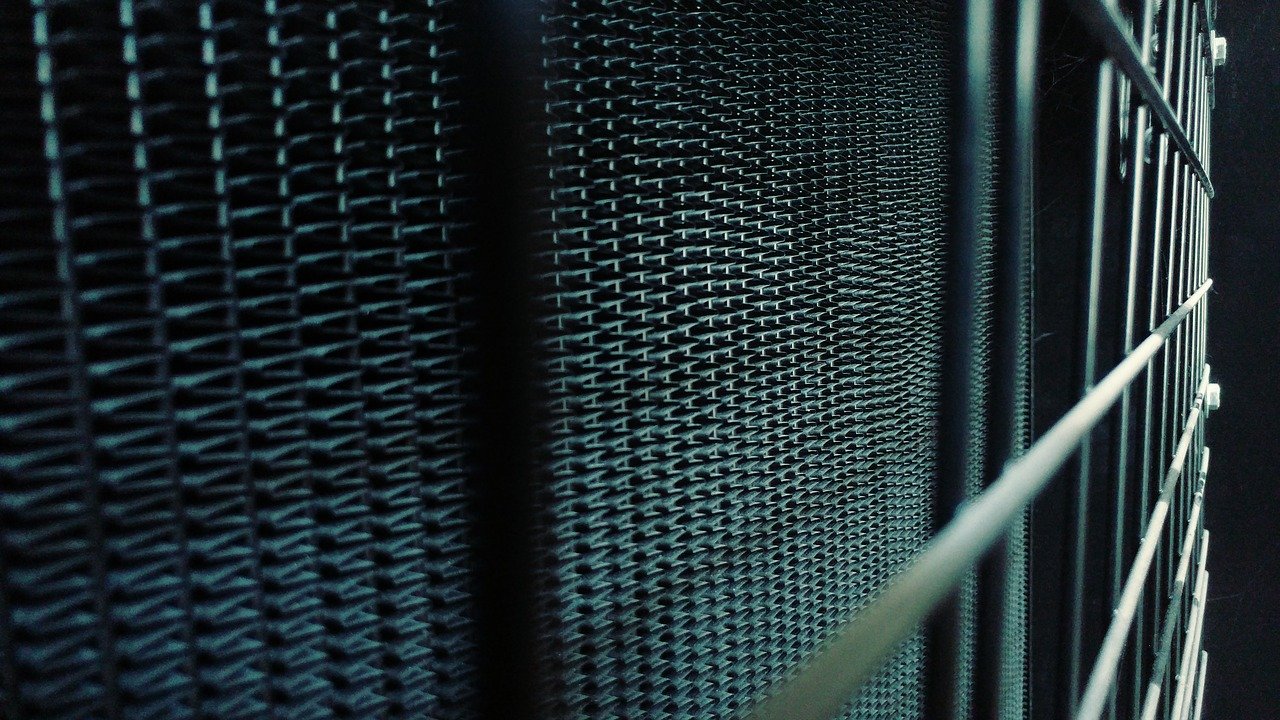Researchers Created a Novel “Tube-in-Tube” Heat Exchanger Model

Researchers at the University of Illinois Urbana-Champaign have used recent technology advancements to explore the new possibilities in the field of heat exchange, and the published results were vindicating. The team used metal 3D printing to build an ultra-compact unit that follows the “tube-in-tube” approach, and with massive optimizations on all possible points, they derived something that has 20 times higher volumetric power density than even the best commercially available devices of this type.
Heat exchanges are used everywhere, from water to energy and from chemical to aerospace applications, so a compact device that can perform so well has the potential for significant impact across a wide range of industries. Although there are many innovations in engineering, fueled basically by technological, manufacturing, and material advancements, heat exchangers have remained more or less the same, featuring an almost stagnated design. 3D printing of metals is changing that quickly, and this is precisely why the researchers thought it would be a good idea to look into the new possibilities that have been unlocked today. The reason why these concepts were previously impossible to materialize is that they feature optimally shaped fins in the internal tubing. The fin shape and size follow a generic algorithm, so they’re inspired by nature. Genetic algorithms are ideal when dealing with nonlinear and nonconvex problems like heat exchange.
The material used for the tubes is AlSi10Mg, and in numbers, the team measured a power density of 26.6 W/cm3 and a specific power of 15.7 kW/kg. There was no mention in their article about the potential for real-world testing as a potential next phase in the project, but we reckon that this shouldn’t be very far now considering the amazing performance of their device. There are countless industries where exchanger size and performance play a crucial role, so finding candidates shouldn’t be a problem.

 Tech Steel & Materials
Tech Steel & Materials